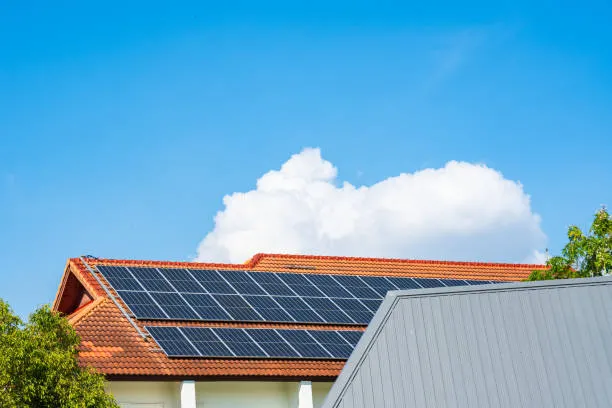In today’s competitive market, reducing operational expenses is a top priority for businesses. One of the most effective and sustainable ways to achieve this is through solar energy adoption. In this case study, we’ll explore how a mid-sized manufacturing company managed to cut its electricity costs by 40% after switching to solar power — and how your business can do the same.
🌞 The Challenge: Rising Energy Costs and Unstable Grid Supply
The company, BrightWorks Manufacturing, operates a 24/7 production facility that heavily depends on electricity. Over the past few years, they faced:
- Rising electricity tariffs
- Frequent power outages disrupting operations
- Increasing pressure to adopt sustainable practices
Their monthly energy bill averaged around $12,000, and energy costs were projected to increase by 8–10% annually.
The management realized that continuing with traditional grid power wasn’t sustainable — financially or environmentally.
⚡ The Solution: Switching to Solar Energy
After evaluating several renewable energy options, BrightWorks decided to install a 300 kW solar power system on their factory rooftop.
Key Steps Taken:
- Energy Audit: A detailed energy audit identified consumption patterns and peak usage hours.
- Customized Solar Design: Engineers designed a rooftop solar system tailored to the company’s load requirements.
- Hybrid System Setup: The solar panels were paired with battery storage to ensure uninterrupted power during outages.
- Financing Plan: The company opted for a solar lease, which required no upfront capital investment.
The entire installation was completed within three months, with zero downtime in production.
💰 The Results: 40% Reduction in Energy Costs
Within the first year of operation, the company recorded the following results:
| Metric | Before Solar | After Solar | Improvement |
|---|---|---|---|
| Monthly Energy Cost | $12,000 | $7,200 | ↓ 40% |
| Grid Dependency | 100% | 55% | ↓ 45% |
| CO₂ Emissions | 110 tons/year | 60 tons/year | ↓ 45% |
In addition to cost savings, the company also earned tax credits and carbon reduction certificates, further improving their ROI.
🌍 Environmental and Brand Benefits
Beyond financial savings, solar energy transformed the company’s brand image. By showcasing their commitment to sustainability, BrightWorks attracted eco-conscious clients and even secured contracts with organizations that prioritize green suppliers.
Other notable benefits included:
- Improved energy independence
- Reduced carbon footprint
- Increased property value
- Positive employee morale and corporate reputation
🔋 ROI and Long-Term Impact
The solar investment began paying off in less than three years. With minimal maintenance and a lifespan of over 25 years, the company expects total lifetime savings exceeding $800,000.
Additionally, energy security has improved — production continues even during grid failures, ensuring consistent delivery and reliability.
✅ Key Takeaways: What Businesses Can Learn
If your business struggles with rising energy bills or sustainability goals, consider these actionable insights:
- Conduct an Energy Audit: Identify where energy is being wasted.
- Start with Rooftop Solar: Maximize unused space for clean power generation.
- Explore Financing Options: Many solar companies offer leases or power purchase agreements (PPAs).
- Leverage Incentives: Take advantage of government tax credits and renewable energy rebates.
- Think Long-Term: Solar is a low-risk, high-return investment that strengthens financial stability.
🌞 Final Thoughts
This case study proves that solar energy is not just an environmental choice — it’s a smart business decision. By cutting operational costs, reducing carbon emissions, and enhancing brand value, solar power empowers businesses to thrive sustainably.
Whether you run a manufacturing plant, retail chain, or office complex, switching to solar could be the key to cutting costs and boosting profits in 2025 and beyond.

